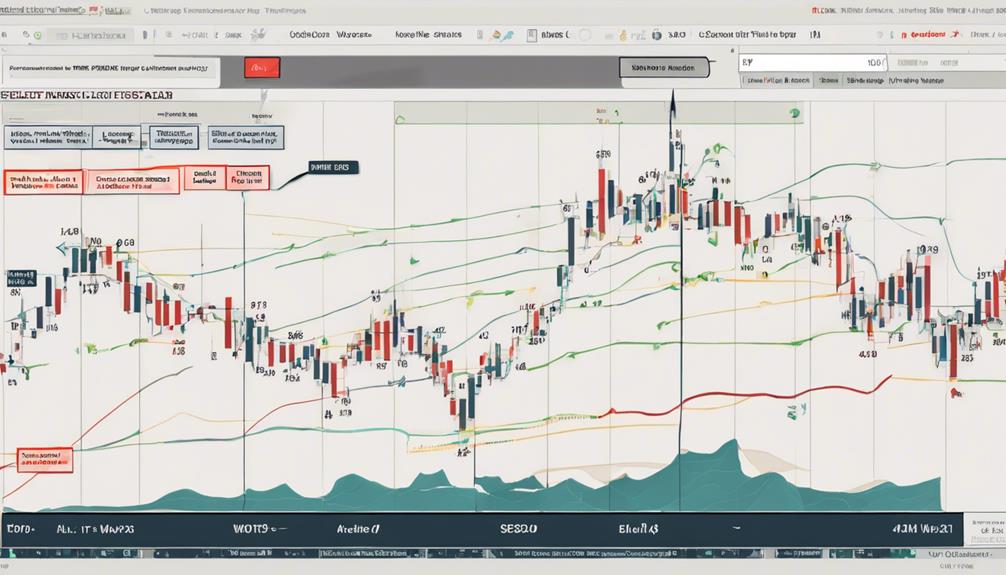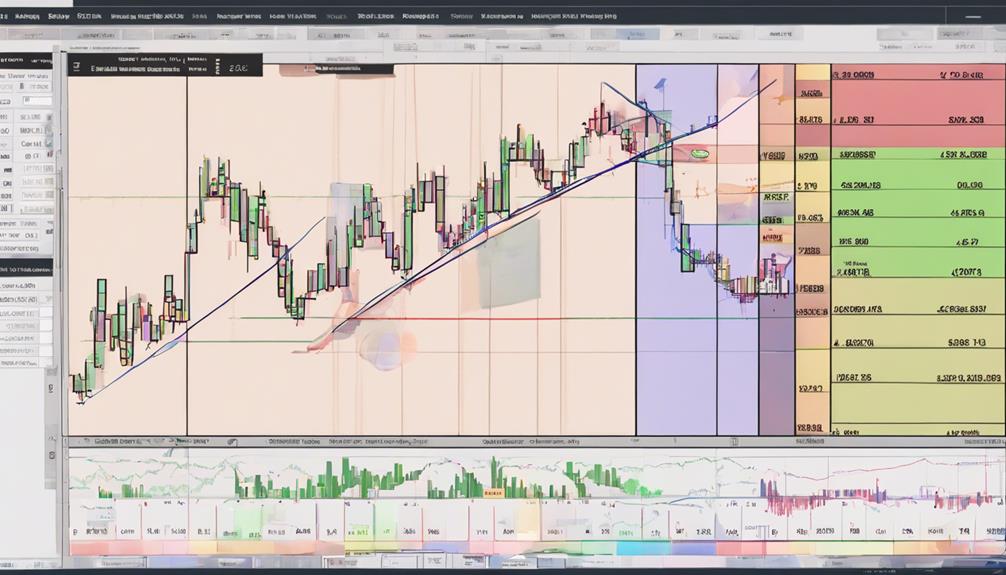Elliott Wave Theory stands as a cornerstone in the realm of trading due to its ability to offer traders a structured approach in analyzing market dynamics and pinpointing potential entry and exit levels.
This theory, rooted in wave patterns and Fibonacci relationships, equips traders with a unique lens through which they can anticipate future price movements. While some may find it subjective, the insights gained into market psychology and trend forecasting are invaluable.
When combined with other technical tools, Elliott Wave Theory enhances the analytical arsenal of traders, aiding in more informed decision-making processes.
Importance of Elliott Wave Theory
The significance of Elliott Wave Theory lies in its ability to provide traders with a systematic approach to identifying and interpreting repetitive wave patterns within financial markets. By recognizing these wave patterns, traders can effectively forecast trends and anticipate potential market movements. Understanding the concept of impulse and corrective waves is crucial as it enables traders to make informed decisions regarding entry and exit points in the market. Moreover, the incorporation of Fibonacci ratios in analyzing wave patterns enhances trading strategies, allowing traders to pinpoint key levels for potential price reversals.
Elliott Wave Theory goes beyond technical analysis by delving into market psychology and trend dynamics, offering traders a comprehensive understanding of market behavior. This insight into the underlying principles of market movements helps traders navigate the complexities of financial markets with more confidence and precision. Ultimately, Elliott Wave Theory serves as a valuable tool for traders seeking to interpret market trends and make data-driven decisions based on the dynamics of wave patterns.
Analyzing Market Trends Effectively
Analyzing market trends effectively involves identifying and interpreting repetitive wave patterns in price movements to anticipate trend reversals and continuations. By leveraging Elliott Wave Theory, traders can gain valuable insights into market dynamics and enhance their strategic trading decisions.
Here are three key elements to consider when analyzing market trends:
- Identifying Wave Patterns: Recognizing impulse waves that move with the trend and corrective waves that move against the trend is essential in understanding the overall market direction.
- Forecasting Price Movements: By analyzing wave degrees and patterns, traders can forecast potential price movements, helping them determine optimal entry and exit points in the market.
- Adapting to Changing Market Conditions: Utilizing Elliott Wave Theory enables traders to adapt to shifting market conditions by adjusting their strategies based on the evolving wave patterns, thus improving overall trading performance.
Enhancing Trading Decision-Making

Enhancing trading decision-making is essential for traders seeking to optimize their strategies and navigate the complexities of financial markets effectively. Elliott Wave Theory plays a crucial role in this process by offering a structured approach to analyzing market trends and price movements. By identifying specific wave patterns, traders can pinpoint potential entry points and exit levels, enabling them to make well-informed decisions.
Moreover, understanding Elliott Wave Theory enhances risk management strategies as it allows traders to anticipate trend reversals and corrections in the market. When combined with other technical indicators, such as moving averages or stochastic oscillators, Elliott Wave analysis can provide traders with multiple confirming signals, further reinforcing their trading decisions.
This integration of Elliott Wave Theory with other tools not only increases the accuracy of trading strategies but also helps traders maintain consistency in their approach to market analysis, ultimately leading to more successful trading outcomes.
Utilizing Elliott Waves for Forecasting

Utilizing Elliott Waves for forecasting market trends provides traders with a systematic method to identify repetitive wave patterns in stock prices. This approach is based on the principles of Elliott Wave Theory, which helps traders anticipate market movements by recognizing the structure of five-wave sequences.
To enhance forecasting accuracy, traders focus on understanding the characteristics of each wave, such as corrective Wave 1 and powerful Wave 3. Incorporating technical indicators like Relative Strength Index (RSI) and Fibonacci retracement levels can further assist traders in making well-informed decisions.
Integrating Theory Into Trading Strategy

How can traders effectively incorporate Elliott Wave Theory into their trading strategies to optimize decision-making and capitalize on market movements?
Integrating Elliott Wave Theory into a trading strategy involves recognizing the patterns of impulse waves that move with the trend and corrective waves that move against it within market movements. By understanding these wave patterns, traders can anticipate potential price reversals and trend continuations. This theory provides a structural framework for analyzing market dynamics, aiding in pinpointing entry and exit points.
To enhance trading strategies, traders often combine Elliott Wave Theory with other technical indicators such as Fibonacci retracement levels and Relative Strength Index (RSI) to validate their analyses. Successful integration of Elliott Wave Theory requires precise wave counting, thorough trend analysis, and confirmation from multiple indicators.
Can Elliott Wave Theory be Applied to Trading in General, or Just Stocks Specifically?
When it comes to trading, the essential stocks Elliott Wave Theory can be applied to various markets, not just stocks. Traders can use this theory to analyze and predict trends in commodities, forex, and cryptocurrencies, making it a versatile tool for trading in general.
Frequently Asked Questions
Is Elliott Wave Good for Trading?
Elliott Wave Theory can be beneficial for trading as it offers a structured approach to analyzing market trends and potential reversals. Traders utilize wave patterns to anticipate price movements, enhancing their market analysis skills and improving trade timing.
What Is the Purpose of the Elliott Wave?
Initially designed to forecast market trends, the Elliott Wave Theory delineates wave patterns in financial markets. It distinguishes between impulse waves, signaling trend direction, and corrective waves, indicating temporary reversals. This structured framework aids in predicting market movements.
What Is Elliott Wave Theory Trading Strategy?
Elliott Wave Theory trading strategy involves identifying five-wave impulse and three-wave corrective patterns. Traders utilize these patterns to predict market trends, determine entry/exit points, and enhance market analysis accuracy by combining with other technical indicators.
What Are the Practical Applications of Elliott Wave Theory?
Analyzing market trends and potential reversals, Elliott Wave Theory aids traders in predicting price movements accurately. By identifying patterns within the five-wave sequence, traders can strategically capitalize on price corrections and enhance trading strategies.
Conclusion
In conclusion, Elliott Wave Theory plays a crucial role in trading by providing a structured framework for market analysis, identifying potential entry and exit points, and anticipating future price movements.
By integrating this theory into trading strategies, traders can enhance their decision-making processes and effectively analyze market trends.
Like a skilled sailor who reads the wind and waves to navigate the sea, traders who understand Elliott Wave Theory can navigate the complex waters of the financial markets with precision and insight.
